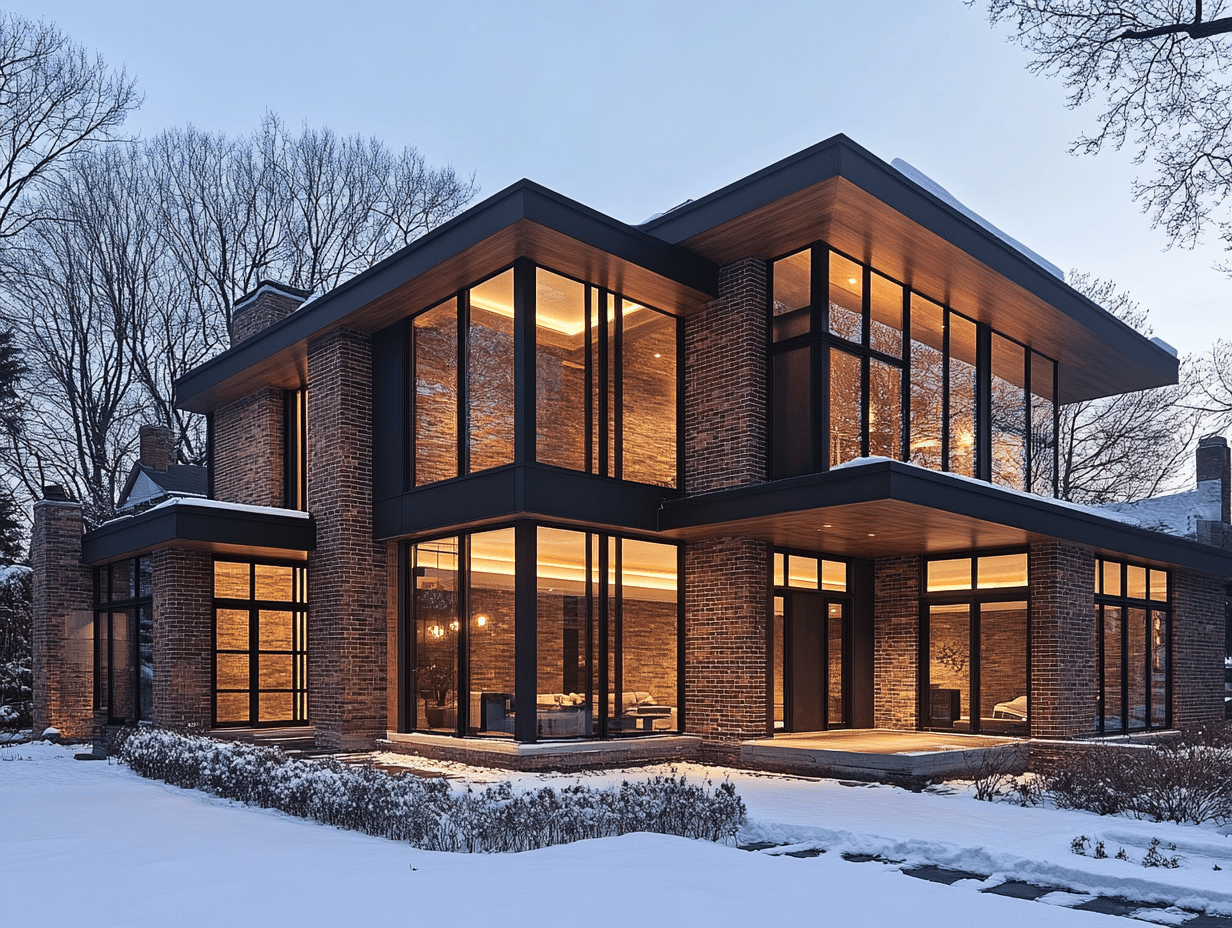
10 Jul What Are the Signs You Need Brick Repair?
Brick houses and buildings have been around for a long, long time yet they’re still standing. The material came to the country along with the earliest European settlements.
Buildings and houses made of bricks are undoubtedly beautiful and an architectural marvel. But, perhaps not surprisingly, as bricks are known for their durability. They can last for many, many years. In fact, the oldest brick dwelling in North America, Bacon’s Castle also known as Allen’s Brick House, has been around since Arthur Allen built it for his family in 1665.
However, without proper maintenance, any material no matter how strong and durable will ultimately give way to wear and tear. So, for owners of brick houses and buildings, the need for regular inspection along with restoration and repair is essential to keep these charming and nostalgic architectural masterpieces standing for many more years to come.
If you own such a house or building, how can you tell that the bricks need fixing or replacement. Here are some of the most common signs you need to watch out for.
Cracked Bricks
Over time, bricks can naturally have cracks. They can be due to the bricks’ age, the effect of weather, caused by poor installation or because of some other reason.
The severity of the cracks and their potential consequences depend on their size and location. Here are what you should watch out for:
- Hairline cracks are thin lines that are barely visible. However, if you don’t give them any attention, they can become wider and wider over time. And, this might lead to more serious or extensive damage later on.
- Vertical cracks look like straight lines which are more noticeable on exterior walls. Most of the time, these cracks are a natural result of settling. However, they can also be the result of poor workmanship, structural stress, inadequate foundation support, or shifting ground. In addition, vertical cracks can allow moisture to seep into the bricks, which can weaken the entire structure over time. So, vertical cracks should be addressed as quickly as possible.
- Cracks at an angle of more than 30º is a major sign of trouble that you shouldn’t ignore. They’re an indication that your house, building or structure could collapse anytime. Call the experts or professionals right without delay to address the issue.
- Stair-step cracks have the appearance of stairs. This diagonal-looking line spans many bricks. If you see this, call the experts or professionals right away. Stair-step cracks require immediate attention as they point to major structural damage.
Severe cracks are easy to spot while minor cracks might go unnoticed. Severe cracks also push homeowners to act quickly, while addressing minor cracks can get delayed. But, don’t be complacent. A minor crack can become vulnerable to further damage or widen and cause bigger issues.
So, if you see even a hairline crack, address it right away. It might need minor and purely cosmetic repairs now, such as filling the cracks or replacing the few bricks affected, but when it becomes bigger, you’ll be facing more damage like mold and structural failure as well as higher costs.
Old, Deteriorating or Missing Mortar
Mortar is a mixture of cement, lime and sand. It looks like a paste and acts as a bonding agent for brick, stone and block. In other words, mortar is the material that glues bricks in place.
After about 15 to 20 years, mortar can start to crumble or deteriorate. Sometimes, this deterioration can occur earlier. This can be the result of age, weather, poor installation or water damage.
If left unchecked, this can lead to bricks rubbing against each other, warp, loosen, fall out, have gaps between them, or other possibly serious structural, insulation and safety issues. This can result to water and/or pests intruding or penetrating your brick walls.
Whether after 20, 15 or fewer years, when you find that mortar has started to crumble or deteriorate, then you’ll know that repointing is necessary. This is the process of replacing the old mortar with a new one to repair previously installed brick.
Now repointing is not something you can DIY. You’ll have to call the professionals for this. Otherwise, you’ll only subject your brick wall to earlier wear and tear or other problems.
The best thing to do is call your trusted expert to inspect the issue. Depending on the severity of the damage, they’ll recommend the appropriate repairs that need to be done, which might include a partial or complete repointing.
Signs of Water Damage
If you live in an area with high humidity or rainfall, you’re probably looking at water damage as a common problem. This issue is typically caused by poor drainage, leaky gutters, or cracks in the brickwork. However, even water pressure from hoses and sprinklers might lead to the development or exacerbation of this issue in your brick walls.
There are several signs that point to water damage, such as:
- Damp spots. These are clear and obvious signs that the bricks have absorbed water.
- Stains or streaks. If you find this anywhere in your brickwork, it means water has speed through the porous material. This can damage the brick and mortar and lead to worse problems.
- Discoloration. Bricks can change in color or appearance when exposed to too much water.
- Rust marks around pipes, gutters, drains and roofing. It would also be helpful to check these things, especially when they’re close to or touching the brickwork. If these signs are present, it’s highly likely that the bricks have been exposed to water too.
It’s important to watch out for these water damage signs and act on them immediately. Water damage can lead to:
- Efflorescence. This is a white powdery or salt-like substance that you’ll find on stone, bricks, concrete and other building surfaces that have been exposed to water. Efflorescence is not only unsightly but also indicates possible deeper structural issues and can lead to weakened foundation walls if ignored.
- Structure weakness or failure. Because of excessive water exposure, bricks can erode and cause the wall or structure to become weak.
- Rot, mold and mildew growth. Stains, streaks and any other damp spots or areas in the brick can promote the development of mold and mildew. They can also lead to rot.
When you encounter any of these signs, reach out to an expert to help you address their underlying issues. These professionals can assess the problem correctly and recommend appropriate measures.


No Comments